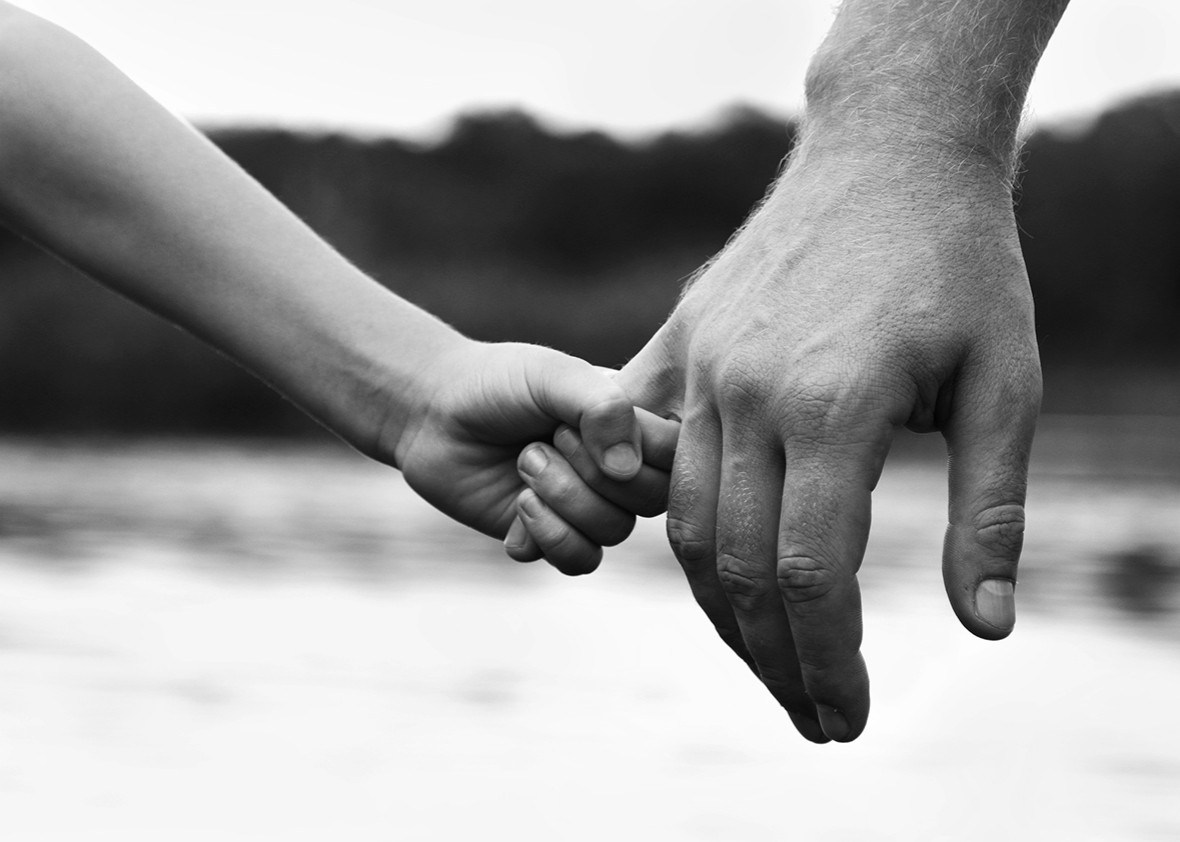Stages of leaving a DV relationship
7 Stages of Leaving an Abusive Relationship
There are several stages that a victim of domestic abuse may experience before finally leaving their abusive partner. Review the seven stages listed below:
1. The abuse is happening…
The abuse stage signifies the time period in which the abuse occurs, but the victim has yet to identify with or acknowledge their self as abused. At this stage, the abuse has altered the victim’s perspective of self.
2. The victim denies the abuse…
During the denial stage, many victims feel as though they have lost control. They are apologetic, shameful, and fearful. Even in this stage, many victims have not fully acknowledged that they are in a violent relationship. Isolation from family and friends begin during this stage.
3. Acknowledgement of the abuse is revealed…
It sometimes takes a family member or close friend to help the victim acknowledge that they are in an abusive relationship. Family members, friends, and even colleagues are able to help the victim identify examples of physical, mental, and or emotional trauma that has or is currently occurring within the relationship. Once the victim finally acknowledges the abuse, the other stages can occur.
4. The acknowledgement of the abuse takes place, now the emotions follow…
Once the victim confronts the idea of being a victim of domestic abuse, there is an emotional response that follows. The emotional response varies from victim to victim. Every emotional response is unique to the victim involved. However, each emotional response typically resembles the process of grief that many associate with the lost of a loved one. It is uncertain how long this stage will last for the victim, but it is this stage that strengthens the victim’s will power and motivation to flee.
5. The victim is motivated to make preparations to leave…
The motivation stage represents the individual’s need to regain self control and control over their life. During this stage, the victim may begin seeking available resources and planning next steps before the initial attempt to flee the abusive partner.
6. A form of abuse occurs to trigger action…
Once the victim is motivated to leave, there is most likely an event that takes place prior to the victim actually leaving the relationship. The triggering event may be a physical episode or fear of severe or even fatal harm.
7. The victim escapes…
Victims in this stage have removed themselves from the abuse and have made safety their top priority on their road to healing and recovery.
Heal from your abuse
If you are escaping an abusive relationship, consider the following suggestions to help aid you in your journey to safety.
Leaving the abuser is only the beginning of your healing and recovery. You will experience a period of time when you actually miss your partner and may even consider returning to the relationship. Be sure to separate your feelings and emotions from the reality that the abuse happened and the relationship is not healthy or safe.
Be prepared to receive private and or public apologies, conversations full of tears, and even presents from your abusive partner. Understand that the gestures may be nice, but until your partner makes a personal effort to receive and complete counseling sessions for the abusive behavior, few changes will last. The root of the abuse and the likelihood of the repeated patterns of abusive behaviors reoccurring still exist.
Give yourself time to heal and recover before entering into a new relationship. Taking time to heal and strengthen your self-confidence and self-esteem is important before giving your emotions, time, and energy to another person. Spend quiet time with yourself to reflect on your past, so that you can wisely plan for your future. Seek counseling services to help aid you in this process. Rediscover the unique person you were before the abuse robbed you of that reality. You did not deserve to be abused, no one does.


